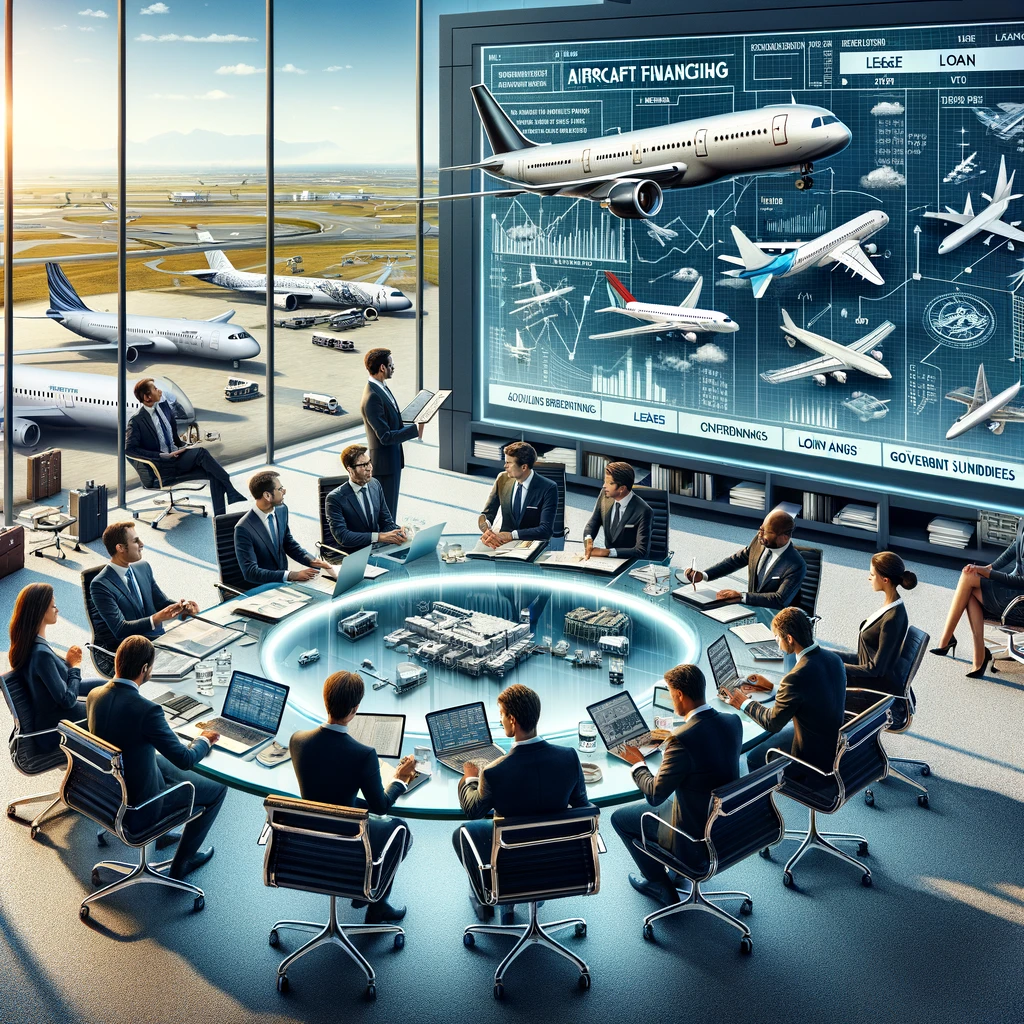Aviation safety protocols form a layered system spanning certification, operations, investigation, and continuous safety management, anchored by defined components of Safety Management Systems used by regulators and industry worldwide. The modern baseline is the four-pillar SMS model-Safety Policy, Safety Risk Management, Safety Assurance, and Safety Promotion-implemented through regulator guidance and embedded in organizational management systems, especially under ICAO Annex 19 principles adopted by authorities like the FAA and EASA.
Design and certification
Airworthiness begins with type design, ground testing, and flight testing to demonstrate conformity and safe operation, then continues through ongoing oversight tied to risk controls monitored within Safety Assurance processes. Regulators maintain continuous airworthiness via directives and approvals while operators integrate hazard identification and change management to ensure modifications and service bulletins preserve safety margins.
Air traffic management
Safe separation relies on surveillance, standardized procedures, and flow management that interact with airlines’ risk assessments and operational controls within SMS frameworks. Network plans and performance schemes coordinate airspace capacity and airport throughput, requiring operators to align schedules and reroutes to regulated constraints for predictable, low-risk operations.
Pilot training and competency
Competency is sustained by recurrent training, simulator checks, SOP discipline, and Crew Resource Management, all falling under Safety Promotion and Assurance to maintain skill currency and effective non-technical performance. Hazard reporting from flight crews feeds Safety Risk Management for proactive identification and mitigation of emerging risks across fleets and routes.
Maintenance and continuing airworthiness
Structured inspection programs, reliability tracking, and predictive maintenance are codified within continuing airworthiness rules and are monitored through audits, data analysis, and corrective actions under Safety Assurance. Documentation, controlled configurations, and approved data use are core SMS documentation practices ensuring traceability and regulatory compliance for safe dispatch.
Accident and incident investigation
Independent boards investigate to identify contributing factors and issue safety recommendations, which organizations must integrate into hazard registers, training, and procedures via SMS change management. The objective is prevention, so lessons learned propagate through Safety Promotion and are verified by Safety Assurance to close the loop on risk controls.
The four SMS components
- Safety Policy: leadership commitment, objectives, accountability, and an employee reporting system, fully documented and communicated organization‑wide.
- Safety Risk Management: describe systems, identify hazards, assess/analyze risk, and implement controls, embedded in operational decision processes.
- Safety Assurance: audits, evaluations, data analysis, and system assessments confirm risk controls work and uncover new hazards for continuous improvement.
- Safety Promotion: training, communication, and culture building to sustain hazard reporting and procedural discipline across all roles.
Implementation practices
Define accountabilities, implement occurrence reporting consistent with just culture principles, and ensure risk evaluation plus effectiveness verification of mitigations per EASA’s integrated management system approach. Keep personnel trained and informed, maintain compliance monitoring, and document key processes and emergency response plans to ensure resilience and regulatory alignment.
Action checklist
- Establish a documented safety policy with clear objectives, roles, and an accessible reporting channel for all personnel.
- Run a formal SRM workflow before changes: system description, hazard ID, risk assessment, and control selection with acceptance criteria.
- Operate Safety Assurance cycles: audits, data trending, and management reviews that verify control effectiveness and drive corrective actions.
- Promote safety: recurrent training, dissemination of lessons learned, and feedback loops to reporters to strengthen participation and culture.


